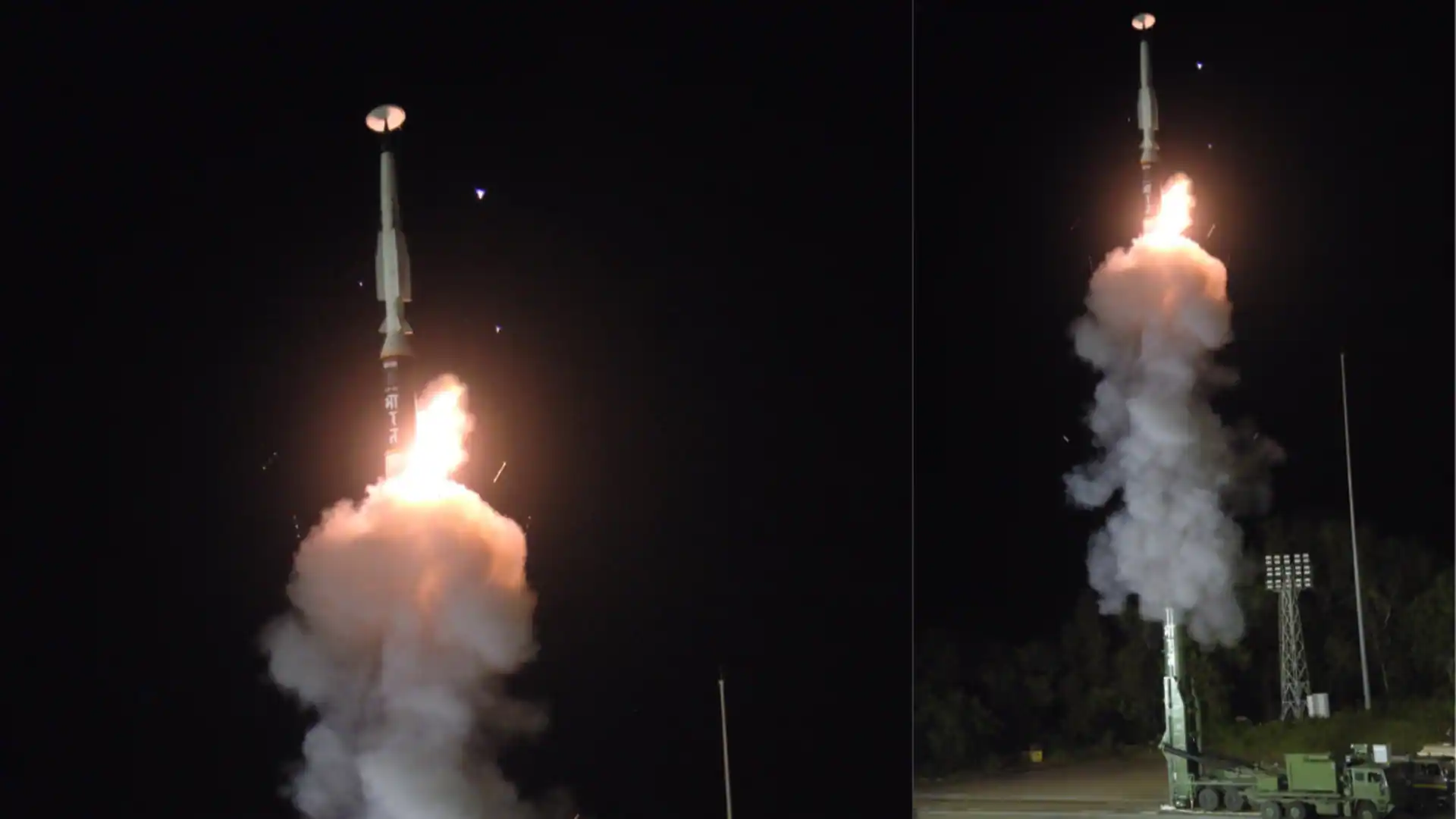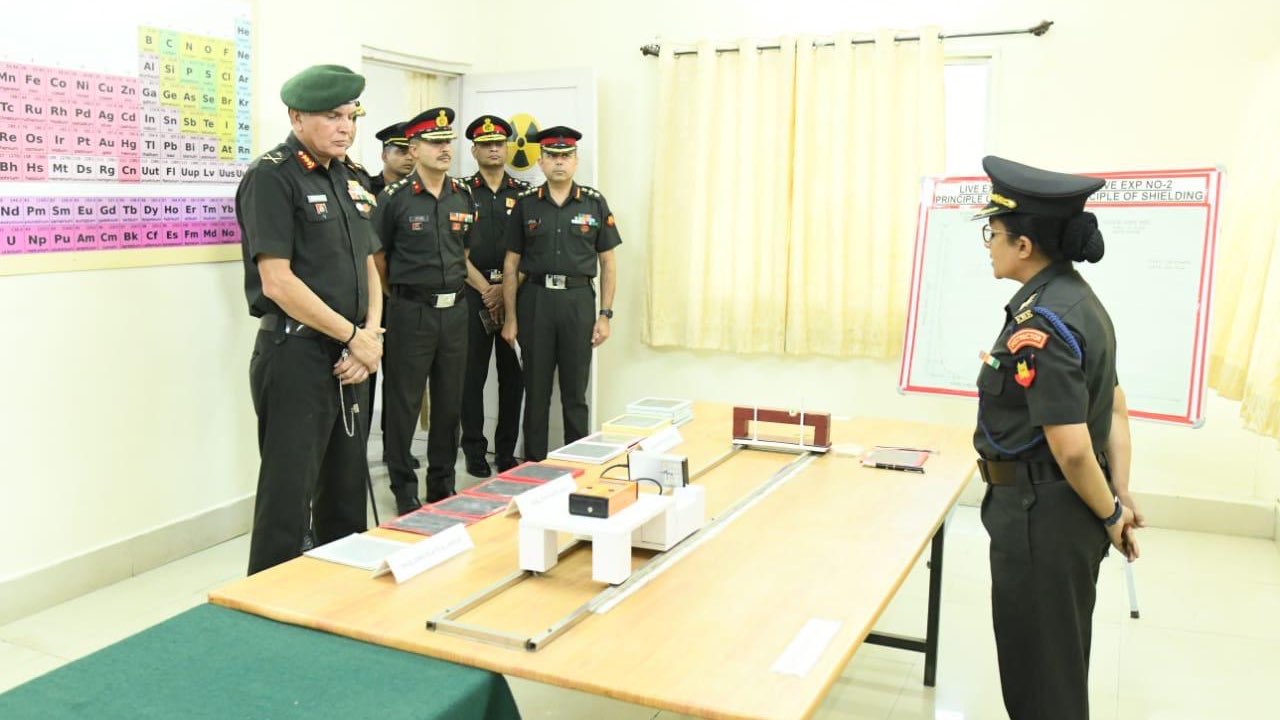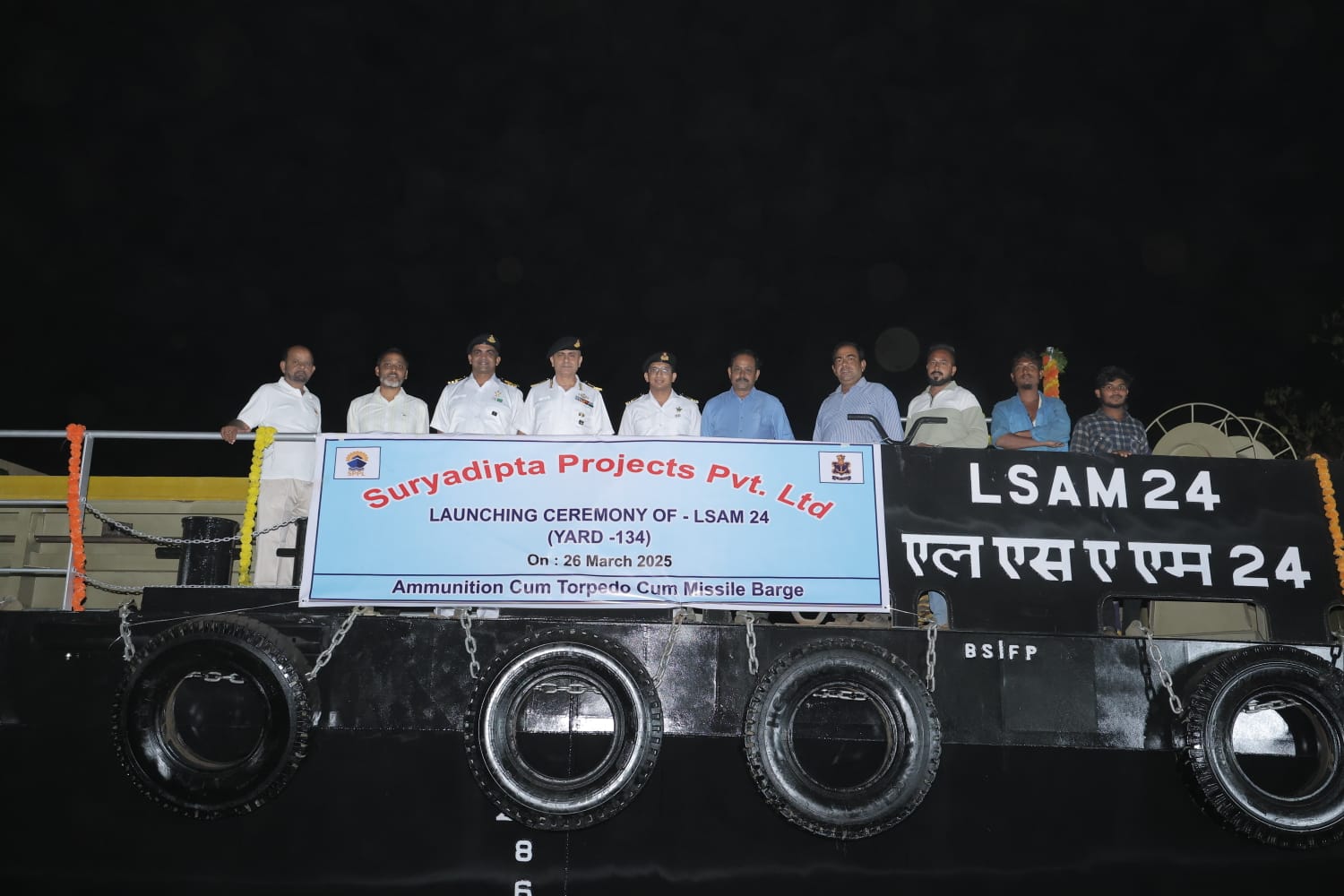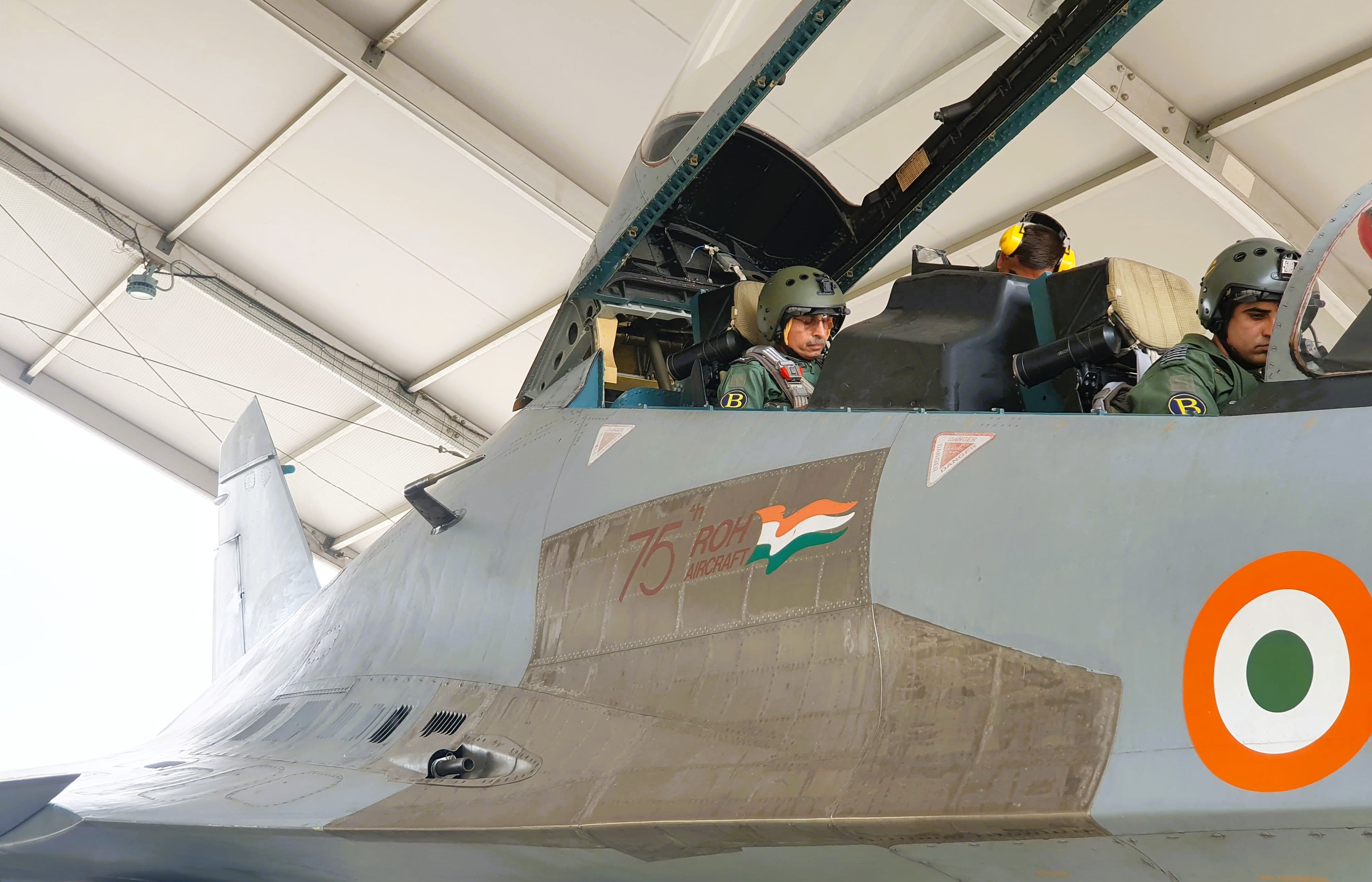India has marked a significant milestone in defense technology with the successful flight trial of its long-range hypersonic missile. Conducted on November 16, 2024, by the Defence Research and Development Organisation (DRDO), the test took place from Dr. APJ Abdul Kalam Island, off the coast of Odisha.
This cutting-edge missile represents a major leap in India’s military capabilities, bolstering its defense arsenal and reinforcing its position among the global leaders in advanced missile technology.
Key Features of the Hypersonic Missile
The missile, entirely indigenously developed, is designed to carry multiple types of payloads over distances exceeding 1,500 kilometers. It is a versatile weapon system that can serve all branches of the Indian armed forces. This technological feat demonstrates India’s growing prowess in developing state-of-the-art military solutions.
Collaborative Effort by DRDO and Industry Partners
The development of the hypersonic missile involved a concerted effort by multiple DRDO laboratories, spearheaded by the Dr. APJ Abdul Kalam Missile Complex in Hyderabad. Industry partners also played a crucial role, showcasing the power of public-private collaboration in achieving technological advancements.
Defence Minister’s Praise
Defence Minister Rajnath Singh hailed the achievement as a groundbreaking moment for India’s defense sector. He emphasized that the successful trial elevates India into an elite group of nations possessing hypersonic missile technology. In his congratulatory message, he commended the DRDO scientists, armed forces personnel, and industry collaborators for their dedication and expertise in making this project a success.
What Makes Hypersonic Missiles Unique?
Hypersonic missiles are characterized by their ability to travel at speeds exceeding five times the speed of sound (approximately 6,200 kilometers per hour or 3,850 miles per hour) in the upper atmosphere. Their combination of speed and maneuverability makes them exceptionally challenging to detect and intercept, even by advanced defense systems.
Unlike intercontinental ballistic missiles (ICBMs), which follow predictable ballistic trajectories, hypersonic missiles can evade traditional defense mechanisms with their advanced maneuvering capabilities. The inclusion of a glide vehicle and the potential integration with a fractional orbital bombardment system (FOBS) allows such missiles to significantly reduce adversaries’ reaction times, making them a formidable addition to any nation’s defense portfolio.
Strategic Implications
The successful trial of the hypersonic missile signals India’s growing emphasis on indigenization and cutting-edge innovation in defense technology. It highlights the nation’s ability to develop sophisticated weaponry to meet evolving security challenges. Additionally, this advancement will likely enhance India’s deterrence capabilities, strengthening its strategic position in the region.
A Step Forward for India’s Defense Ambitions
This achievement reflects the DRDO’s commitment to pushing technological boundaries and aligns with India’s broader vision of self-reliance in defense. The success of this test underscores the nation’s dedication to modernizing its military infrastructure and equipping its armed forces with world-class systems.
As India continues to make strides in advanced missile technology, the successful test of this long-range hypersonic missile will remain a defining moment in its journey toward becoming a global defense leader.












